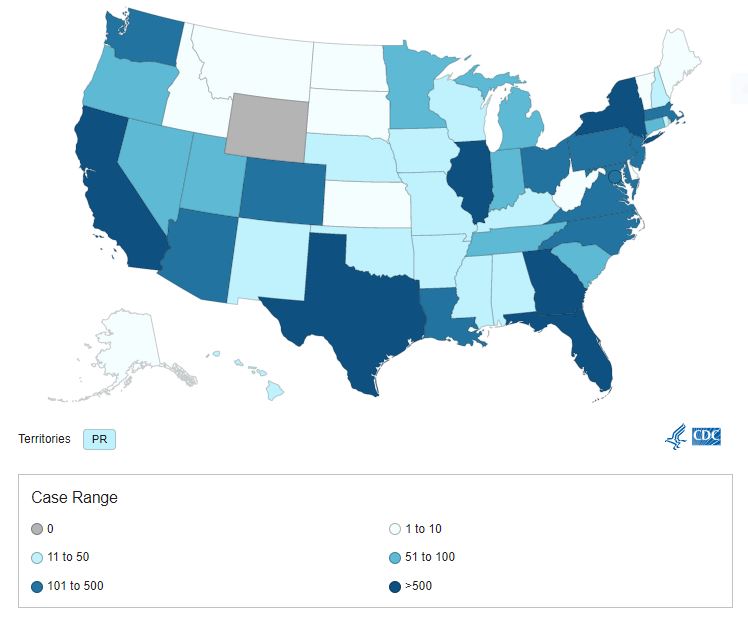After three long years of managing COVID-19, the world is facing another public health crisis: monkeypox.
According to the World Health Organization, “Monkeypox is a viral zoonotic disease that occurs primarily in tropical rainforest areas of central and West Africa, and is occasionally exported to other regions.” Humans can get monkeypox through close contact with an infected person or animal, or with contaminated material. In turn, they can spread it to other humans through close contact with lesions, respiratory droplets, body fluids, and contaminated items such as sheets and pillowcases. Monkeypox usually causes a fever, a painful rash that turns into blisters, and swollen lymph nodes.
In May of this year, cases of monkeypox became more wide-spread, especially in regions not typically known to experience the disease. Monkeypox was identified in 89 counties, 82 of which historically have not had monkeypox outbreaks. In the United States, cases have been identified in all but one state, with 11,890 cases total. More than 500 cases each have been identified in Florida, California, Georgia, and Illinois. On August 4, 2022, the U.S. Department of Health and Human Services (HHS) declared monkeypox a public health emergency.

